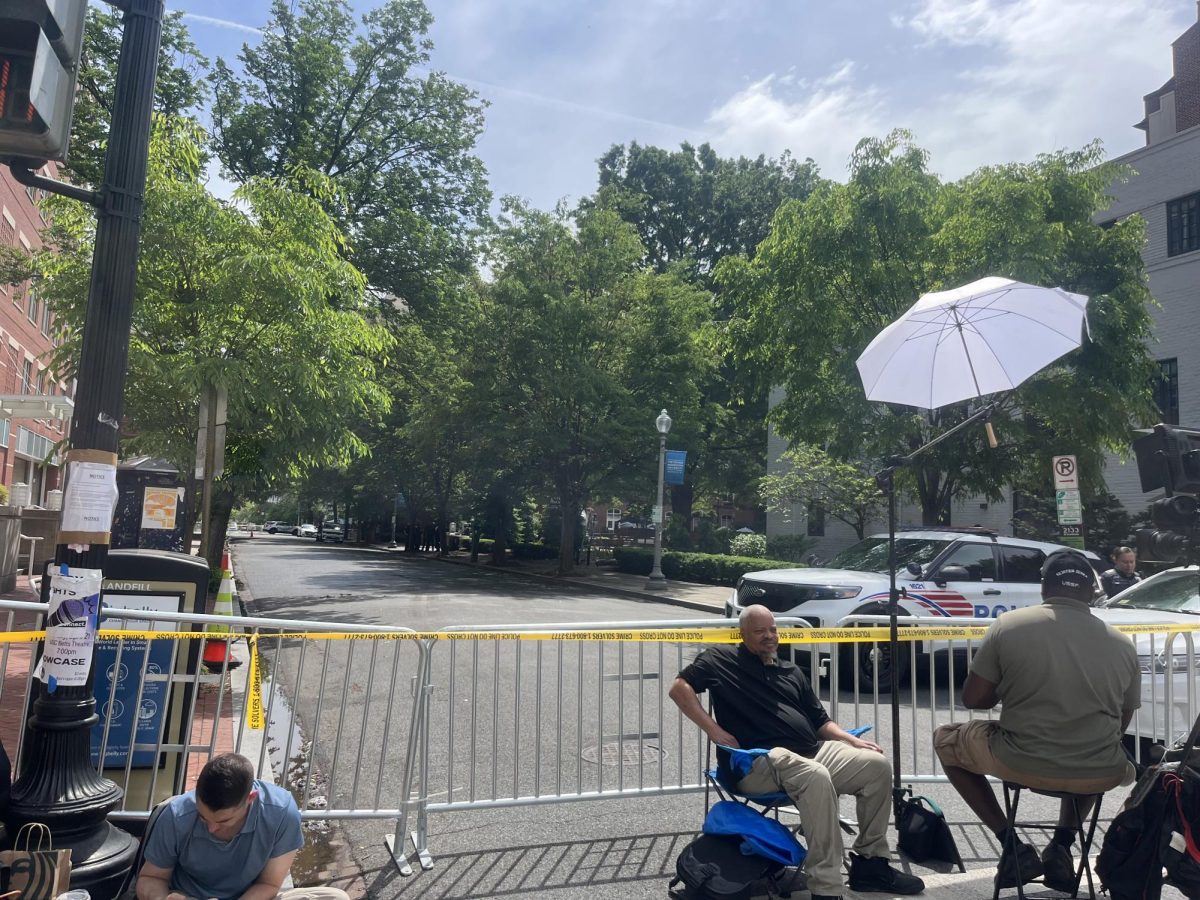
Changes to the Catholic Liturgy will take effect on the first Sunday in Advent. Campus Ministry is preparing for the shift with information sessions and a slow introduction.
Before changes to the Catholic liturgy come into full effect Nov. 27, campus ministry has been gradually implementing the alterations at services in Dahlgren Chapel.
The modifications, which are aimed at unifying the global Catholic community, will affect prayers and the call-and-response dialogue between priests and the congregation, along with other aspects of the Mass. Almost every sentence of the liturgy will be altered in some way.
Students who attend Sunday mass at Dahlgren Chapel have been introduced to some of the musical response changes over the past three weeks. Changes to the words of the liturgy will take effect on the first Sunday of Advent.
According to Director of Music and Liturgy Jim Wickman, the changes are the product of 10 years of study conducted by scholars, liturgists and biblical experts aimed at bringing the language of the Mass closer in line with the original Latin text.
“What we have now is ‘formal equivalence,’ which means a literal translation from the Latin — no paraphrases or general meaning of the Latin,” Wickman said.
The current language used by the Church, called “dynamic equivalence” and put in place by Second Vatican Council, is not a literal translation.
“[Dynamic equivalence] seeks to try to get at the heart of what is meant,” Fr. Patrick Rogers, S.J., director of campus ministry, said.
Throughout the fall semester, priests have taken time during the liturgy to explain these changes and why they matter.
“These words touch upon important Scriptural references [that allow us] to enter more deeply into the mystery that is the Catholic Mass,” Rogers said. “We want to have some kind of a standard so that people can enter into the same dynamics when they come out of the Mass.”
The university has held two information sessions in Dahlgren during the month of October to create dialogue about these changes with students. Monsignor Andrew Wadsworth, general secretary of the committee that wrote the English translation, will attend the third and final information session on Nov. 16 in Dahlgren Chapel.
Kieran Halloran (SFS ’14), an active altar server and member of the Knights of Columbus and Catholic Students Association, said that he first heard about the changes to the liturgy a year ago.
“It is important [to have these changes] because, especially with prayer, you want to be doing the best that you can do to get to the essence of the Mass,” Halloran said.
Wickman said that he hoped that the information sessions would help students to understand why the changes are important.
“We feel our responsibility is to give students a good grounding in their faith to live that faith,” he said. “This is part of it.”








